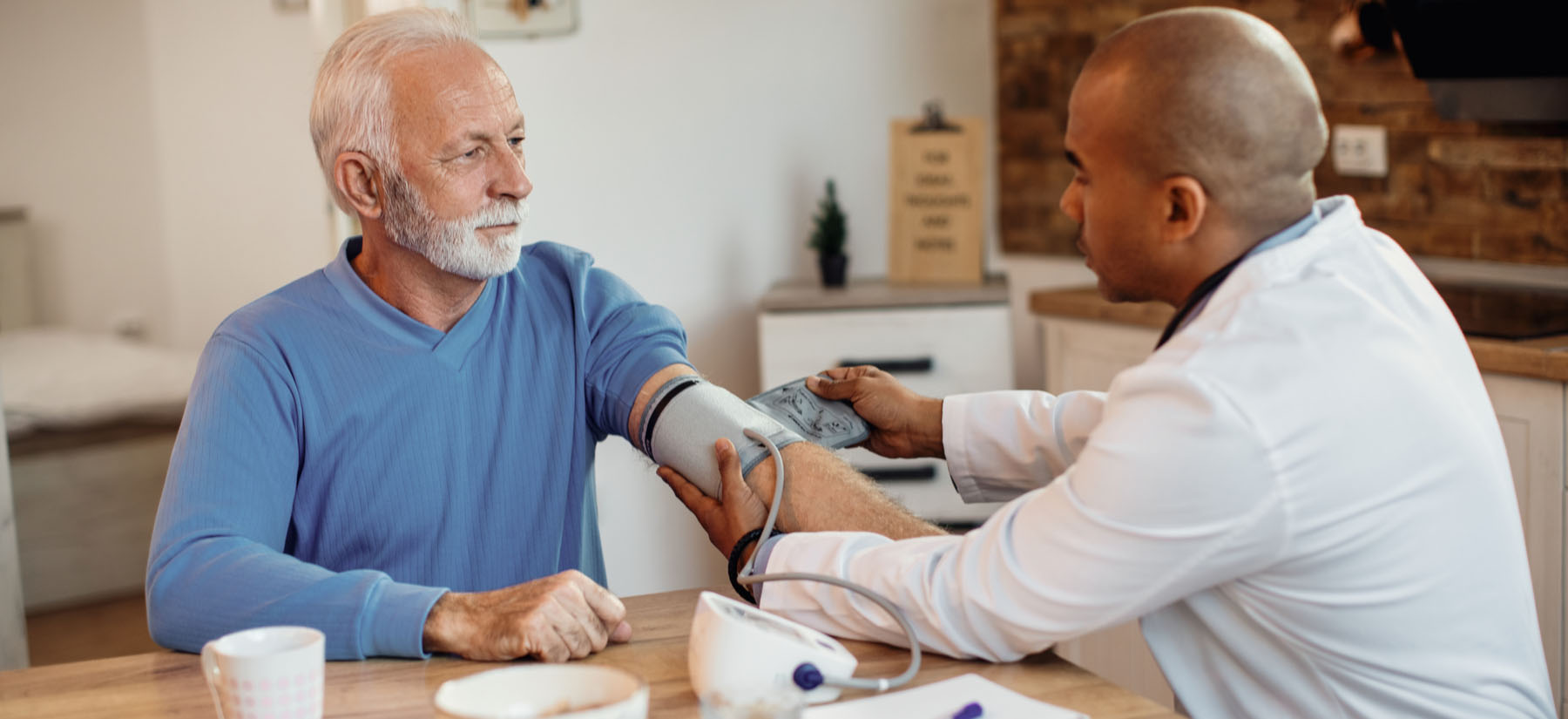The healthcare industry’s traditional model for medical research long has been costly, slow, and limited in terms of participant diversity, flaws that often undermine the research conventional clinical trials are intended to facilitate.
In response to the limitations of traditional site-based clinical trials, decentralized clinical trials (DCTs) have evolved that leverage technology to collect patient data remotely. While adoption of DCTs had been slow but steady in recent years, the COVID-19 pandemic accelerated the development of DCT platforms as drug manufacturers, medical device companies, and other clinical researchers sought ways both to conduct trials remotely and ensure a more diverse group of participants. A McKinsey report shows that the number of monthly trial starts declined 50% from January 2020 to April 2020.
DCTs will continue to evolve in 2022, allowing us to bring research into almost any clinical setting. It will become easier for patients to identify trials of interest to them and even bring their own physician on board to administer most of the care to participate. This is a concept I like to call Bring Your Own Physician (BYOP).
Rise of a Patient-centric Process
The FDA issued guidance in late 2020 encouraging contract research organizations (CROs), principal investigators (PIs), and sponsors to adjust their clinical trials to better navigate the challenges presented by the pandemic. Some trials that began as centralized morphed into DCTs, making the process more patient centric. The industry quickly realized the recruitment, diversity, and speed benefits of the DCT approach were compelling and that the evolution of how we deliver clinical research was at hand. As 2022 approaches, the FDA continues to support this guidance.
McKinsey predicts “a significant increase in uptake [of DCTs] because of experience gained during the COVID-19 pandemic.” An Industry Standard Research survey taken in December 2019 found that 38% of pharma and CROs expected virtual trials to be a major component of their portfolios, while 48% expected to run a trial with most activities conducted in participants’ homes. A year later, in the midst of the pandemic, the responses were 100% and 89%, respectively.
The industry has had an epiphany. DCT will continue to evolve and find the best methods for executing effective and efficient research. During this time of iteration, technology will be leveraged to advance DCT solutions around issues such as recruitment, data integrity, trial diversity, and security. But most importantly we will see research trials becoming part of a healthcare practitioner’s daily arsenal for treating their patients. More simply, research will center around the patient and their healthcare team, not the other way around.
Participants’ Doctors Become Part of the Trial Team
The BYOP concept I mentioned earlier is one of the industry’s most recent and significant DCT innovations. The idea is simple: Focus on working with the patient’s preferred physician, who can administer the majority of standard medical care and data collection while validating and submitting the details through digital technology to the PI’s team—an approach that can improve recruitment, compliance, and completion rates. This is invaluable to the industry because not all trials can be done from home; many require detailed and intricate treatment plans, and people are reluctant to travel to participate.
The BYOP model can unlock the greatest capabilities of a decentralized trial. First, it eliminates the complications of travel for patients—a common barrier to trial participation—by providing local accessibility. Second, the patient continues to work with their trusted care team, which improves engagement and compliance with the trial, regardless of complexity. Finally, recruitment is markedly improved because medical doctors across the nation can make the trial available to their patients.
Let’s look at a real-world example. A recent trial sought to collect data from pregnant women. But you are highly unlikely to pry an expectant mom away from her clinician and into a research environment during mid-pregnancy. By leveraging the BYOP model, however, the patient’s own trusted care team can conduct regular exams, collect real-world data, and talk about trial-related issues and experiences, while adding this information to the trial database.
Working with their own OB/GYN also helps with retention and consistent compliance. Since these moms-to-be already are attending many health appointments, additional touchpoints rarely are necessary, making the experience easier on the patient. Also, these trusted patient-physician relationships establish more open lines of communication, enabling trial sponsors to boost the quality and accuracy of information gathered throughout the process. Further, DCT technology integrations result in these OB/GYNs not needing to do any additional work in most cases. The data is recorded as part of the patient’s normal care, then technology securely provides the necessary information to the researchers.
A Patient-focused Future
Thanks to modern DCT technology, both patients and physicians can suggest the idea of a clinical trial as a care option under the BYOP model. This means clinical research soon may be considered a standard interventional treatment offered as a care alternative to eligible patients, with local primary care physicians, specialists, and clinic teams acting as key members of many clinical trial teams. These aren’t merely matters of convenience and cost savings: Solving for the many complex challenges associated with clinical trial recruitment and compliance will dramatically advance research as a whole.
Medical research increasingly is becoming patient focused. Expect more qualified patients to participate in clinical trials locally with their own doctors via BYOP. Indeed, trial participation will become a standard of care option.
DCTs already have demonstrated their value and earned the support of regulators and other industry stakeholders. As access to clinical trials and the diversity of participants expand, the scale, depth, and quality of studies will continue to improve in 2022 and beyond. The future of clinical trials is decentralization, virtual technology, greater patient access, and wider participant diversity. That future is here today.









